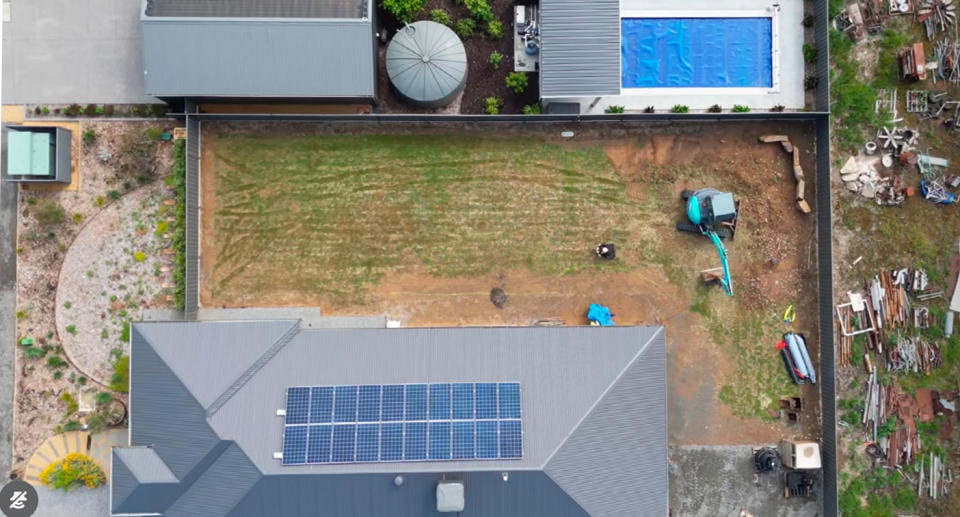It’s no secret that many Aussies love their gardens and take great pride in maintaining their pristine condition. However, the “traditional box hedges and roses” may be a thing of the past as more homeowners consider how they can do their bit to boost declining native wildlife populations.
Brendon Carrick, who runs landscaping business Ecosystem Gardener, recently finished a four-week project in Nuriootpa, a town 80 kilometres away from Adelaide, that involved digging a large bond in a backyard 30 metres long. Within weeks, it has enticed an array of wildlife including dragonflies, damselflies, native bees, flocks of bird species and three different types of frogs.
“Offering fresh water in the summer is a huge asset to wildlife,” he explained to Yahoo News. “I’m incorporating a bunch of native and endemic plants from the region into the project to entice local wildlife…it’s creating a food chain for wildlife.”
And it’s not just residents in rural parts of the country who are choosing this type of landscaping work, with some in the city also adapting their small outdoor areas for wildlife.
“I’ve done projects in little courtyards no bigger than a couple square metres… you still get lots of wildlife engagement,” Carrick explained.

The homeowners in Nuriootpa told Carrick his landscaping work has enticed a range of wildlife. Source: Supplied
Native Aussie wildlife populations declining at alarming rates
More than 1,900 native species are currently threatened or at risk of extinction, including birds, turtles and many mammals such as the mountain pygmy-possum. There was an eight per cent increase in the number of Aussie animals listed as threatened in 2021 when compared to five years earlier, and the situation has only grown more dire, according to the Australian State of the Environment.
It is believed this “growing trend” of residents adapting their outdoor areas to be more hospitable for wildlife is in direct relation to this, and gardeners across the country say the simple decision of choosing native plants for your yard, rather than introduced or invasive species, goes a long way.

Before Brendon stepped in the backyard was just covered in grass and now it’s a lifeline for local wildlife. Source: Supplied
Jarryd Kelly, Curator Manager for the Royal Botanic Garden Sydney, told Yahoo News previously that adding natives such as the Echinacea, commonly known as the coneflower, can do wonders for local wildlife.
“People often put them in their garden for that specific reason,” he said. “They are used quite heavily to attract pollinators.”
Carrick echoed this sentiment, saying that “planting native plants, creating water sources like birdbaths or ponds… and avoiding pesticides” can drastically offer a lifeline.
“There seems to be a new kind of movement going forward in terms of being aware of wildlife and offering different habitats in your garden for wildlife… a lot of our native species are declining in population and diversity due to more and more development,” he said.
Do you have a story tip? Email: newsroomau@yahoonews.com.
You can also follow us on Facebook, Instagram, TikTok, Twitter and YouTube.


